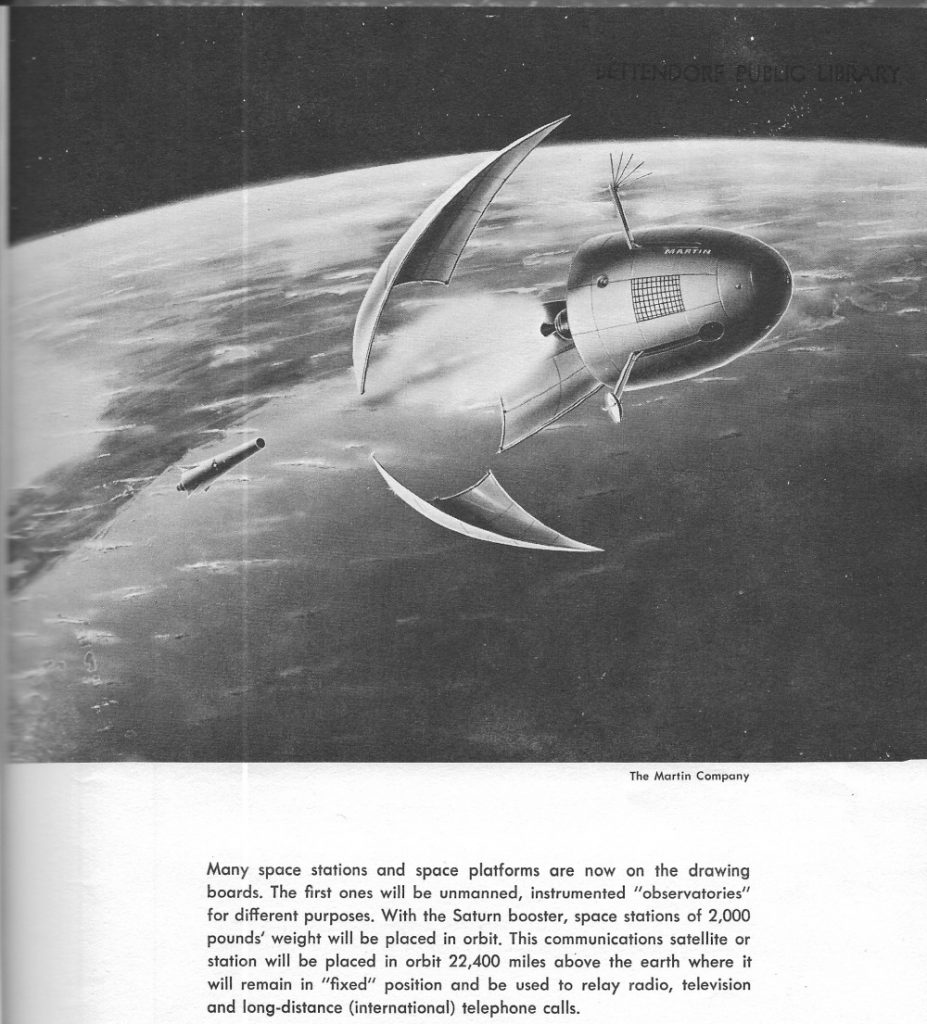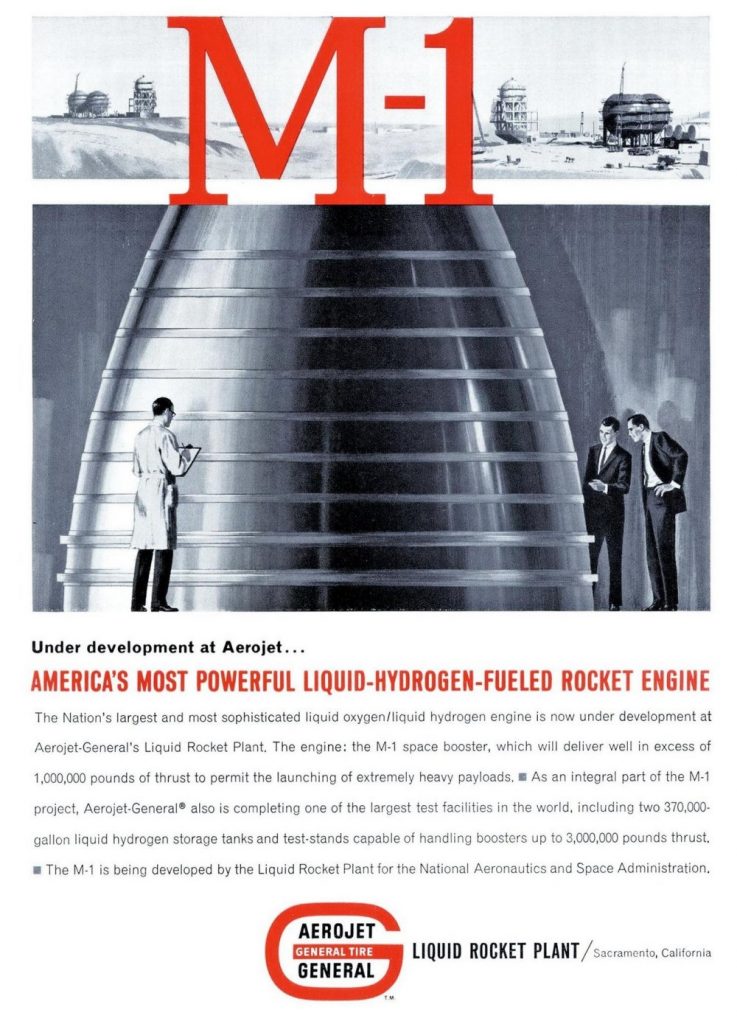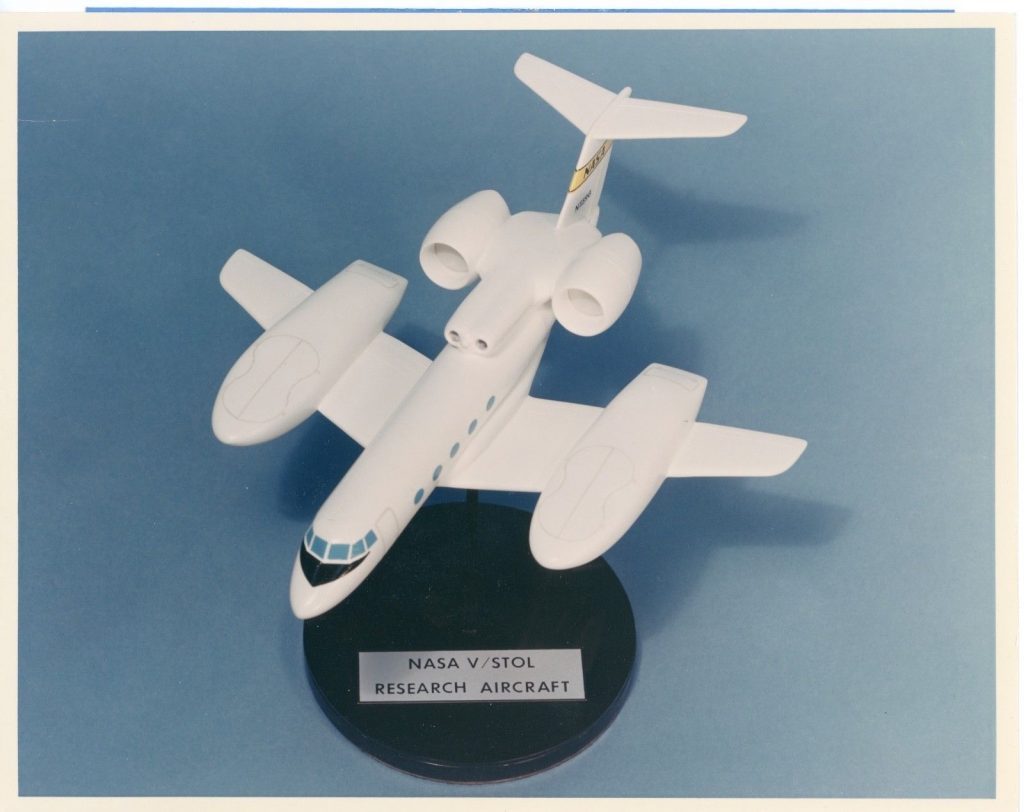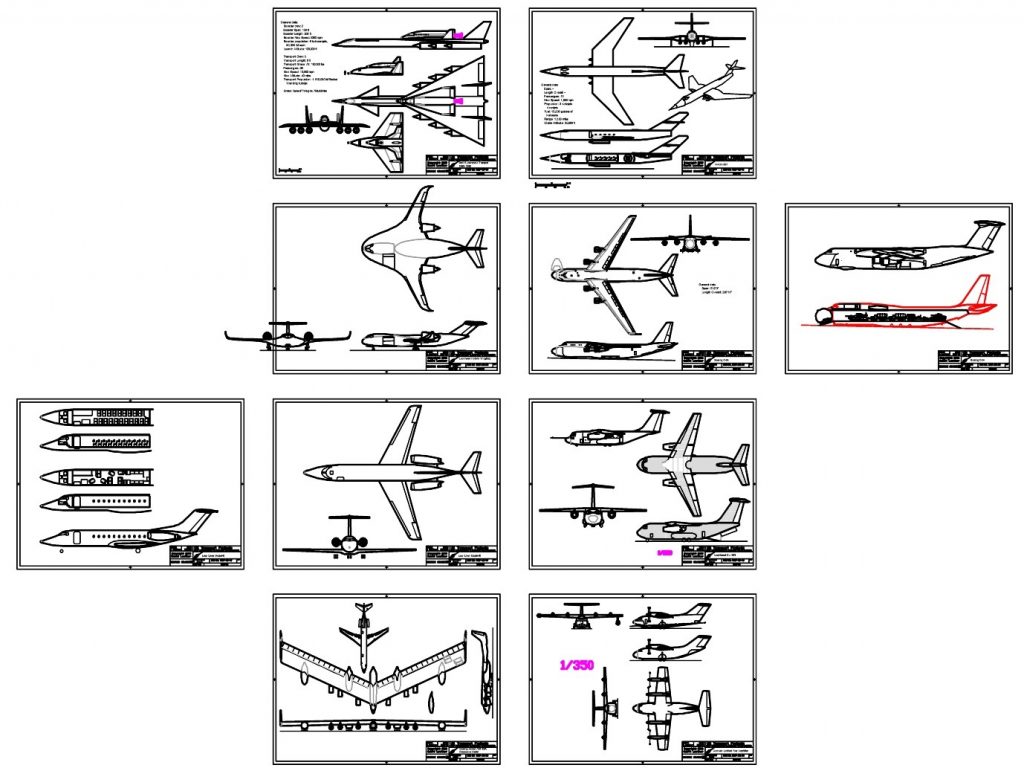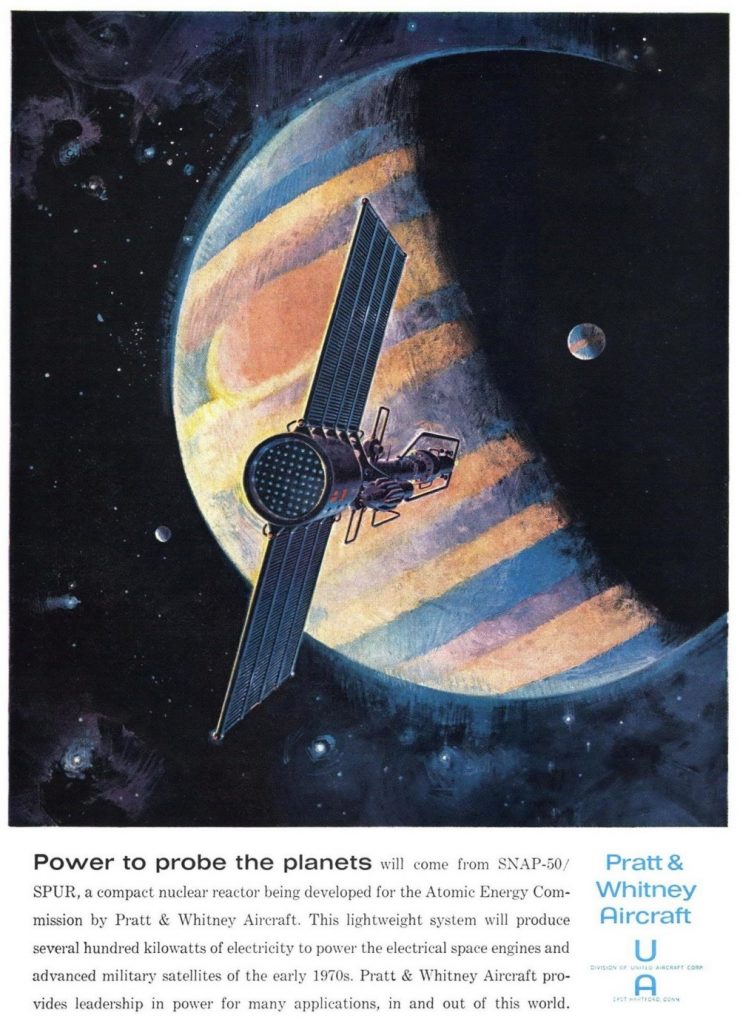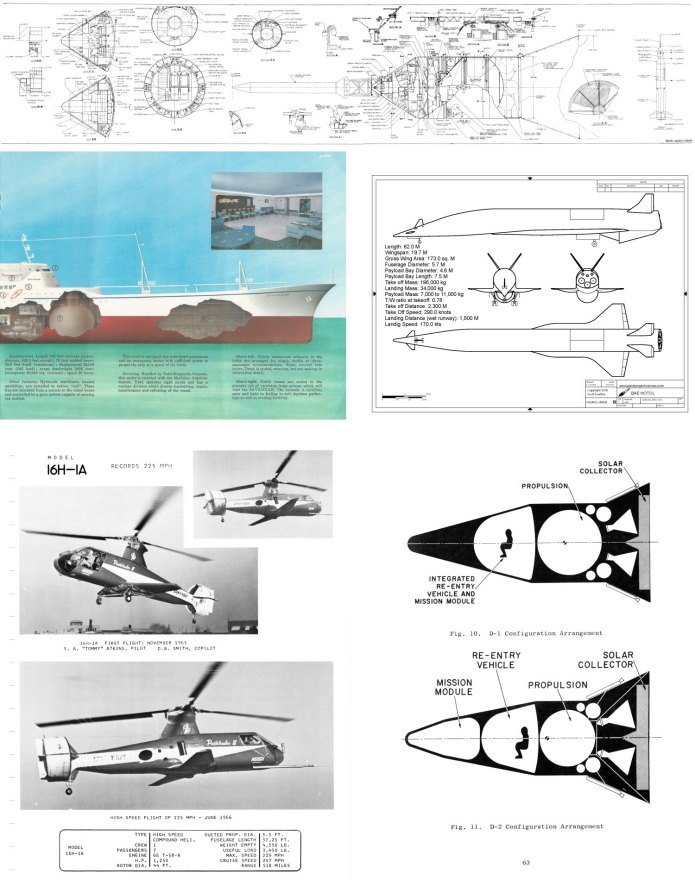Just published on the Fox News website is this:
NASA eyes stunning ‘cloud city’ airship concept to explore Venus
This article discusses the NASA “HAVOC” concept for manned exploration of Venus by way of balloons and blimps. That’s cool and all… but readers of US Spacecraft Projects would have known about this six months ago.

